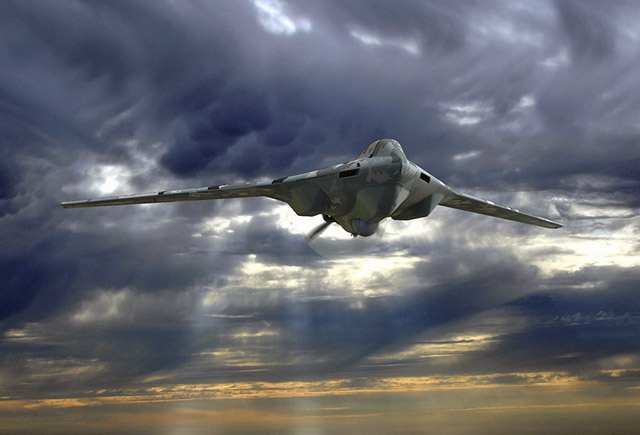Lockheed Martin has operated its Fury unmanned aerial vehicle (UAV) with its new expeditionary ground control station (xGCS), a pairing the company says will better allow Fury operators to fly the aircraft in remote regions.
The xGCS, which can be transported in shock-resistant transit cases, is built with commercial, off-the-shelf technology and can be used to operate a variety of UAVs, says the company.
“It’s small. It’s powerful. It’s rugged and it’s expandable,” Lockheed director of business development for unmanned integrated systems Jay McConville says.
The control system was developed at Lockheed’s facilities in Huntsville, Alabama, and integrated with the Fury 1500 at the company’s site in San Luis Obispo, California.
The first xGCS-paired Fury aircraft were delivered in the first part of this year, the company says.
Fury is an expeditionary, long-endurance and large-payload aircraft that is designed to be deployed rapidly to remote locations, says Lockheed.
The aircraft can reach altitudes of 15,000ft and has endurance of more than 15h over range of between 435-608nm (805-1,120km).
The company says it is "currently executing the Fury development programme and [is] supporting a robust flight test schedule in support of future customer requirements."

Lockheed Martin
Source: FlightGlobal.com



















